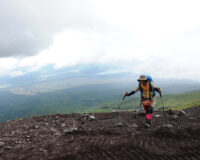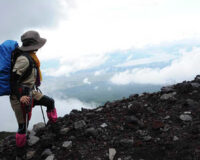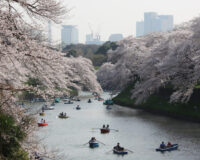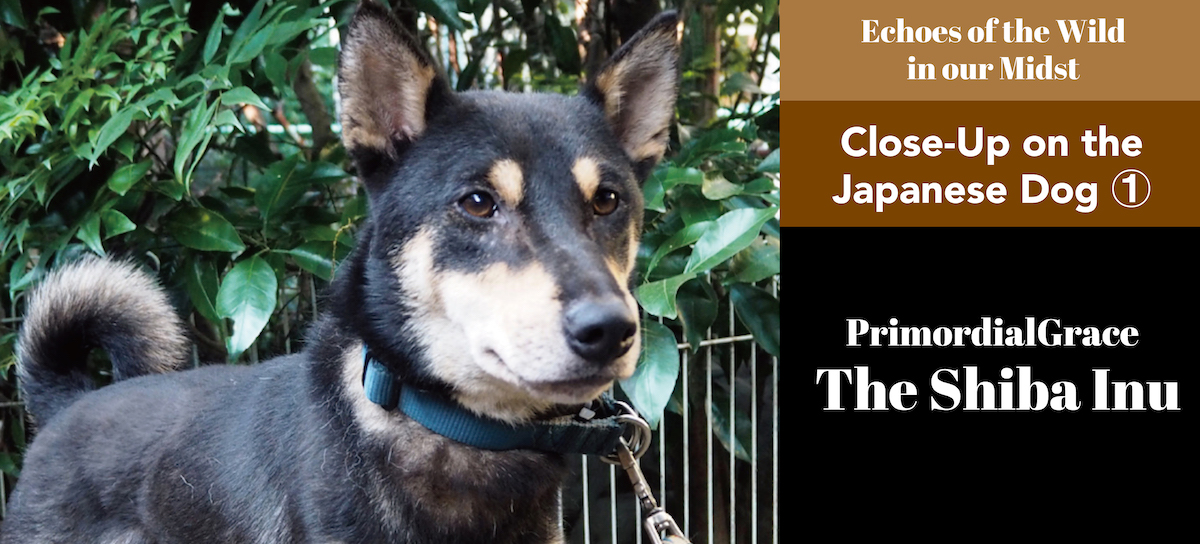
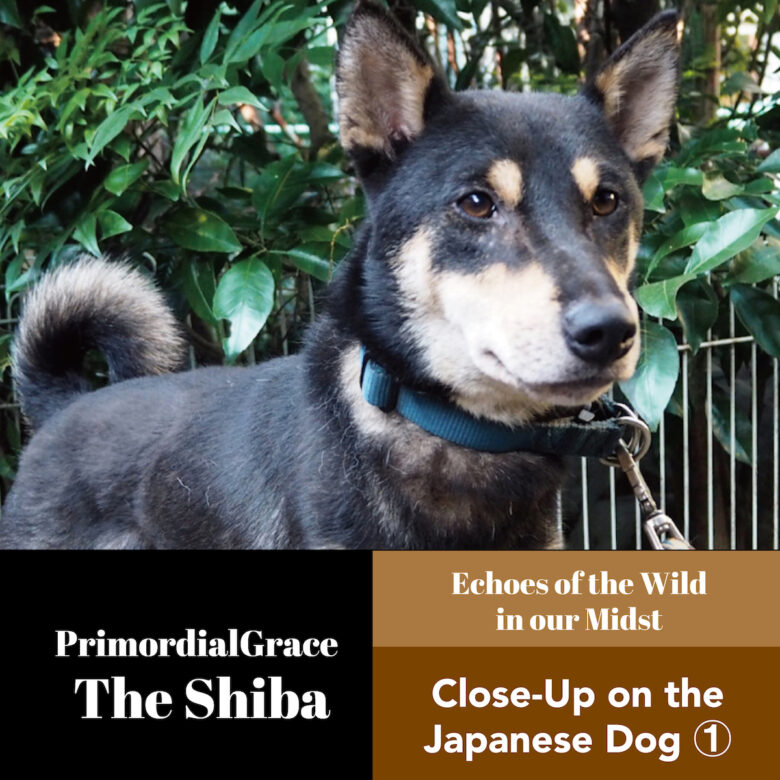
Dogs are thought to have accompanied humans to the Japanese isles during the Jōmon Period, traditionally dated between around 14,000 and 300 BCE. Japan’s geographical isolation and the fact that breeding was left up to nature mean that Japanese dogs today remain very similar to their Jōmon Period ancestors. Until comparatively recently in Japan, dogs were left pretty much to their own devices when it came to breeding, with little human interference in terms of selection. Japan’s dogs were largely shaped by their local terrain, as only those best adapted to this land of mountains and swift-running rivers survived to leave progeny.
In this series we explore the origins of the six native dog breeds that have been declared natural monuments in Japan – the Hokkaidō-inu, the Akita-inu, the Shiba-inu (also called Shiba-ken), the Kai-ken, the Kishū-inu, and the Shikoku-inu.
Text and Photos : 舟橋 愛 Ai Funahashi / English Version : Judy Evans
Keyword : Jōmon Period / Japanese Dog / Jōmon Shiba / Shiba-inu / Shibaho / Japan Society for Preservation of the Natural-Monument Shiba-Dog

Various Types of Shiba Inu
The Shiba Inu, the most common of Japan’s native dog breeds, was the fourth breed to be declared a natural monument in 1936 (although, technically the fifth if you count the now-extinct Koshi no Inu). As Nihon Ken (Japanese dog) fans know, there is more than one “breed” of Shiba; in fact there are three – the Mino Shiba from the south of present-day Gifu Prefecture, the Shinshū Shiba from Nagano Prefecture, and the San’in Shiba from Tottori and Shimane Prefectures.
Genetically speaking, there are some real differences between these breeds – so why have they all been lumped together as Shiba Inu? One explanation follows that “shiba” is an old word for “small” so the name was given to the smaller dogs in each region. Other theories are that they were useful for hunting in dense brushwood, or “shiba”, or perhaps because they are the same colour as shiba/brushwood.
For this article I was keen to make the acquaintance of a Shiba Inu bred by the Japan Society for Preservation of the Natural-Monument Shiba-Dog (Shibahō for short). This dog is the result of decades of breeding aimed to produce a strain of Shiba that closely conforms in body shape to the Jōmon Period dogs whose skeletal remains have been found in archaeological digs across Japan.
Recreating a Jōmon Era Dog
We paid a visit to Maki Kuroi, Vice President of Japan Society for Preservation of the Natural-Monument Shiba-Dog. A real dog lover, Kuroi san has kept dogs as pets ever since she was a child and has been involved with the breeding of Shiba dogs for over four decades. It was an encounter with a Shiba bred by the Shibahō that led to her falling in love with the breed and its remarkable abilities. She has raised Shiba for the society ever since and works to spread better understanding of this unique dog among the public.
By the end of the Second World War, the Shiba breed had almost died out and societies formed to rebuild and preserve this unique native breed. Guided by the information gleaned from skeletal dog remains found at Jōmon archaeological sites, the Shibahō set about selecting breeding pairs with the aim of reproducing the look of the ancient Jōmon dog. The Jōmon dogs measured between 40 and 47 centimetres tall to the withers, the ridge between the shoulders. Their faces had a very shallow stop (the change in angle between skull and nose), resulting in no discernible brow ridge. After seventy years of careful breeding, the Shibahō have created a smallish Shiba with a slender face resembling that of a wolf or a fox.
As an aside, all present-day Shiba dogs apparently descend from a single male dog known as “Naka-gō”, who was born in April 1948. The breeding efforts of both the Shiba Dog Preservation Society and the Nihon Ken Hozonkai (The Association for the Preservation of the Japanese Dog) focus on the descendants of this individual.
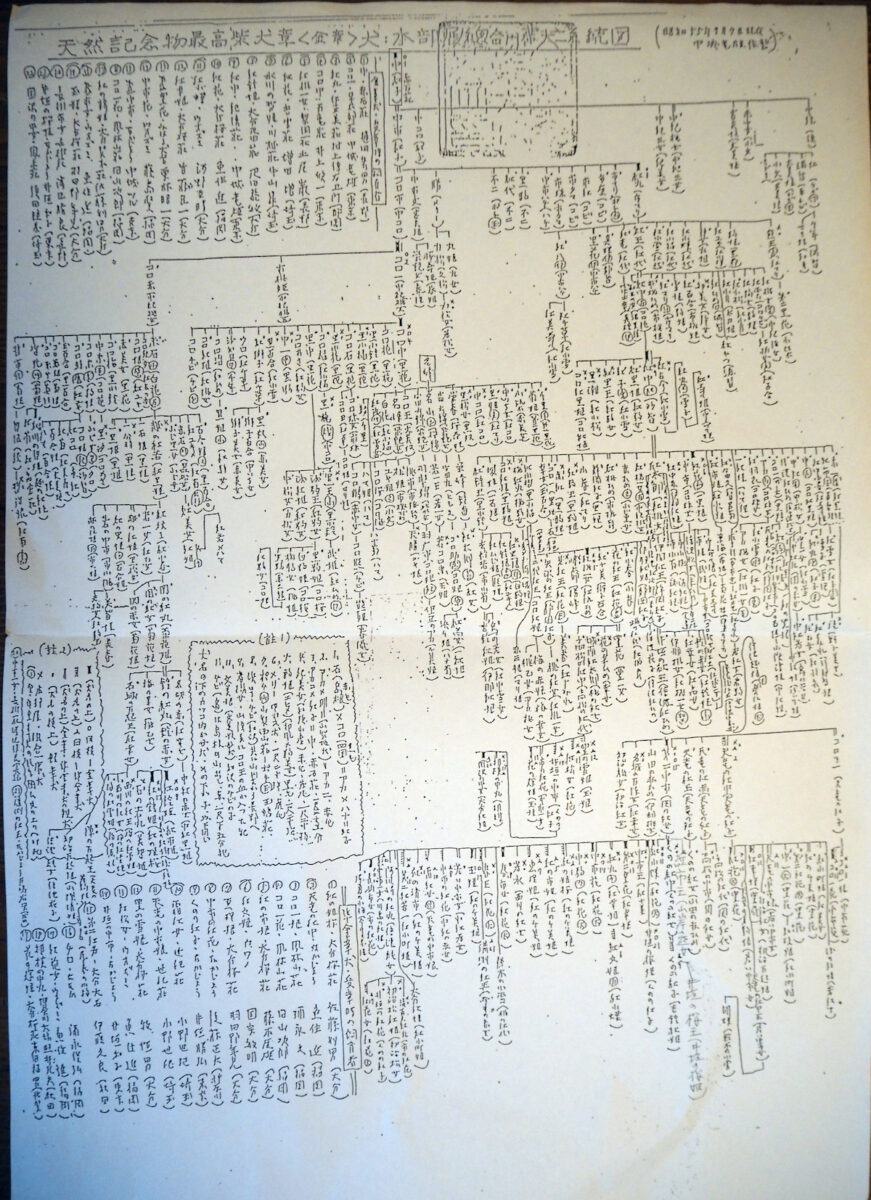
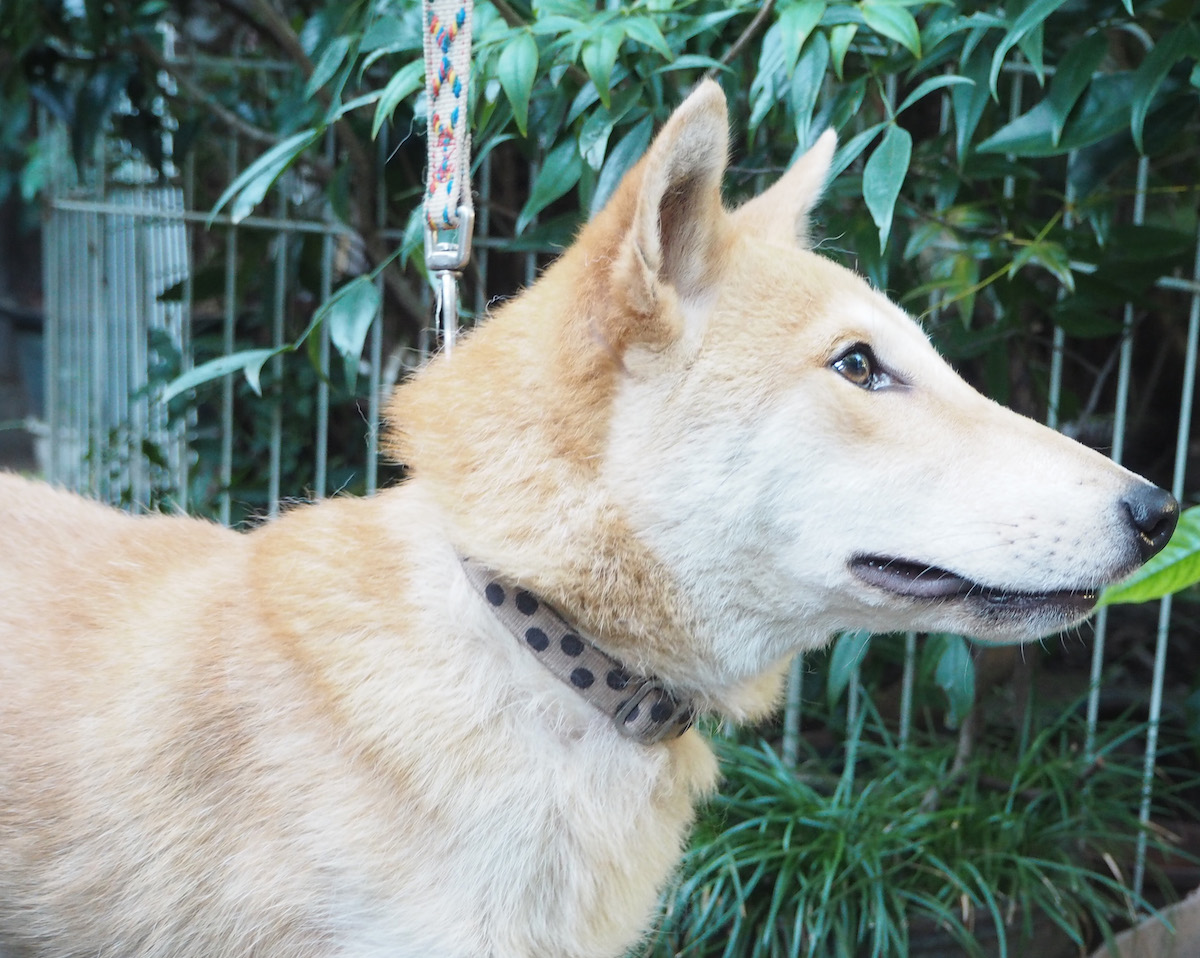
Is There Any Link Between Physique and Temperament?
Jōmon Period dogs would have been physically suited to a much harsher environment than today. Bred to conform to the Jōmon dog bone structure, Shibas bred by Shibahō are moderately stocky with large canine teeth, quite forward-leaning pricked ears, sturdy front legs, and strong hind legs with powerful hocks. They have a double coat consisting of a thick downy undercoat and stiff straight outercoat. In fact, close inspection reveals, between the soft, downy coat and long guard hairs, a medium-length set of hairs that look very much like a third coat. The double coat prevents body heat loss even if wet or in the snow. Some Shibahō Shibas are still used for hunting rabbits and pheasants and it’s not hard to visualise them darting about in the wild, sniffing out prey. Their temperament does seem a little different from ordinary dogs. When Kuroi san takes me out to see her Shibas, they appear alert to even the slightest sounds and become agitated at seeing an unfamiliar visitor, barking and leaping easily 50 to 60 centimetres into the air.
One thing that caught Kuroi san’s attention with her first Shibahō dog Mika, was the way she could untangle her own chain. Previously when dogs were tied up in the yard and got their chains wrapped around the base of a verandah post, they would just sit there and whine. But when this happened to Mika, she would just circle the post in the opposite direction until the chain was free again. Another thing was when Mika had pups: “She would line them up perfectly in a row and she could tell if one was missing from the width of the row. So I knew she had a sense of direction and of measurement”, says Kuroi san.
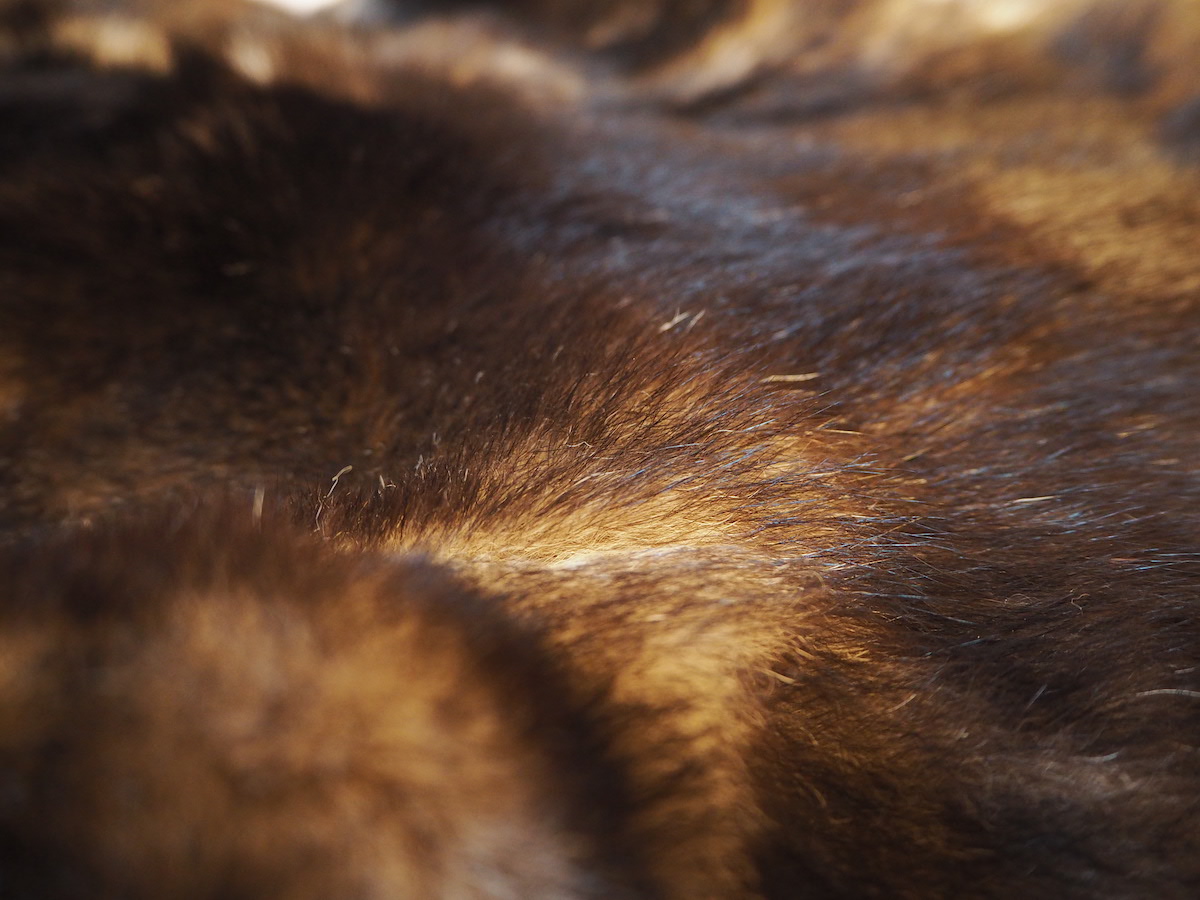
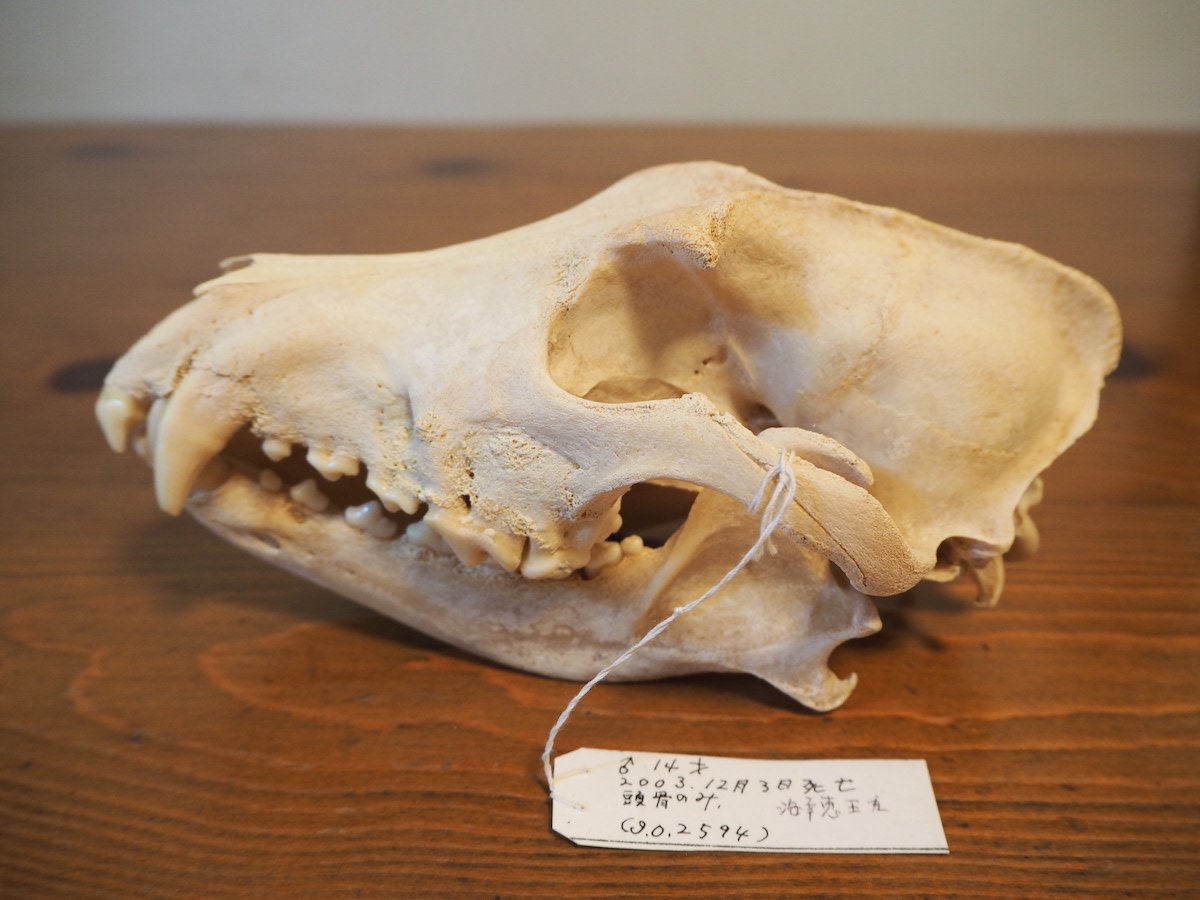
Having grown up with Shibas, Kuroi san’s daughter Rie also understands their personalities very well. She says the Shibahō dogs always seem to be testing their owners. Whenever they sense that something is wrong, they’ll go to a place they don’t usually go to or they’ll sniff, then they’ll glance at their owner. “That’s their signal to tell you something’s wrong. If you don’t pay any attention, it’s as if they shrug and think that they’ve done their job but if you don’t notice, that’s up to you”, says Rie san.
“Then later you might find something like a dead mouse and when you remember that the dog was giving you meaningful looks from that spot, you show surprise, the dog will look at you as if to say, ‘You’re a bit slow, but well done – you finally figured it out’. People who don’t pick up on the signals might think the dogs’ behaviour is silly, but that’s not what’s going on at all. I don’t think you’d ever come across another dog as interesting as these.”
At any rate, the Shiba is quick to sense anything out of the ordinary and lets you know immediately. They can be quite stand-offish and don’t particularly like to be touched all the time, not even by their owners. But they are very aware of their owners and can apparently anticipate their actions as if they can read their thoughts, which does make one feel as if they’re communicating.
In Jōmon times dogs and humans cooperated in hunting, so each needed to be able to understand the other’s intentions. So, in breeding a Shiba that resembles these ancient dogs, has something of the Jōmon dog’s temperament been resurrected along with its shape? It’s an interesting question that can’t be answered definitively but the way these dogs communicate and their ability to think does seem somewhat different from other dogs.
The Expectations That Come With Owning One of These Rare Dogs
Shibahō-bred Shiba dogs, for all their wild beauty, are far fewer in number than ordinary Shibas. In 2019, there were 10,307 Shibas enrolled with the Japan Kennel Club, but only around 300 Shibahō dogs are registered each year. There are thought to be only around 5,000 dogs of this breed in total.
In Japan, the simplest way to become an owner is to enquire with the Japan Society for Preservation of the Natural-Monument Shiba-Dog, but puppies are not always available and waiting lists can sometimes be several years long. The challenge for the future will be to preserve this bloodline, which took seventy years to consolidate. Owners of Shibahō-bred dogs can be asked to make them available for breeding or for dog show appearances. If you think about the miracle of being able to see and even live with dogs from the Jōmon Period, it seems like a fair request. Owning one of these dogs isn’t just about providing it with a loving home, one must also consider the continuation of the breed.

Shibahō Vice President Maki Kuroi
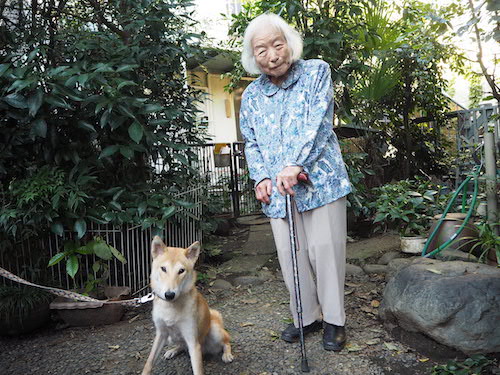
Maki Kuroi was born in Tokyo in 1926. She studied music at Ueno Gakuen University, graduating in 1959. In 2002, Kuroi san became vice-president of Japan Society for Preservation of the Natural-Monument Shiba-Dog. She has kept Nihon Ken (Japanese dogs) since childhood. As a child she even met the real Hachikō, the famous Akita dog with a statue dedicated to him at Shibuya Station. Since falling in love with Shibaho-bred Shiba dogs, Kuroi san has worked more than 40 years to preserve the breed.
Japan Society for Preservation of the Natural-Monument Shiba-Dog ⇒ http://www.shibaho.net



